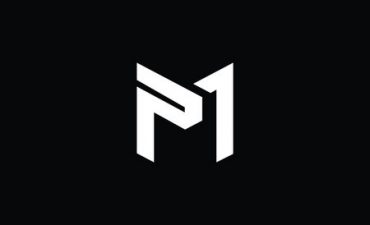If you’re someone who rejoices at every sign of fall, you may want to look out at the moon this weekend.
Across the United States and especially in places with clear skies, a full moon that signals summer is nearing its end will be visible. Because of the way light travels through the atmosphere and the moon’s location on the horizon, the moon appears reddish orange.
The harvest moon, whose name grew out of its utility to farmers who harvested crops in the fall before the advent of artificial lighting, will appear full for about three nights and is the full moon that occurs closest to the Sept. 22 autumnal equinox in the Northern Hemisphere. It began on Thursday evening and will appear full into Sunday morning.
On Saturday evening at 8:23 p.m. Eastern, the moon will appear four degrees above the eastern horizon, according to NASA. Jupiter will appear to the left of the moon, Saturn above the southeastern horizon and the Vega star, one of the brightest in our night sky, above the horizon.
Jupiter, Saturn and the stars will appear to shift westward each night of the full moon, according to NASA. Jupiter will shine its brightest this year on Sept. 26.
In New York City, Saturday night’s moon will rise at about 7:45 p.m. Eastern; it will be visible there until about 6:30 a.m. on Sunday. In Houston, the moon will rise around 8:07 p.m. local time and set around 7:10 a.m. on Sunday. And in San Francisco, the moon will rise around 8:01 p.m. local time and set around 6:57 a.m. the next morning.
Full moons always rise close to sunset opposite the sun, which can give them a reddish orange tinge, said Kevin Lewis, an associate professor of planetary geophysics at Johns Hopkins University. “Anywhere with clear skies, you should have a great view,” he said.
The moon usually rises an average of 50 minutes later each day as it moves through its cycle, but during the harvest moon, the timing changes by a smaller interval each night, closer to 15 or 20 minutes depending on where you live, according to the Farmer’s Almanac, which would have given farmers those extra few minutes in the days before the advent of artificial lighting.
The first known reference to the full moon as the harvest moon was in 1706, according to the Oxford English Dictionary, but cultures across the world have different terms for it and related traditions.
Algonquins in the northeastern United States called it the corn moon, “as this was the time for gathering their main staple crops of corn, pumpkins, squash, beans and wild rice,” according to NASA.
The full moon overlaps with the Mid-Autumn Festival celebrated in China, Vietnam and elsewhere, which partly involves making offerings to the lunar goddess. In Japan, the moon is also called Imo Meigetsu, or the potato harvest moon, and sweet potatoes or taro might be offered alongside moon viewing festivals.
The lunar phenomenon represents the start of the holiday Pitru Paksha, “a sacred event in Hindu culture when people remember their ancestors,” according to The Times of India. Some Buddhists will be commemorating Madhu Purnima, or the honey-offering festival.
More named full moons will appear later this year: the Hunter’s Moon on Oct. 9, Beaver Moon on Nov. 8 and Cold Moon on Dec. 7.
Source link




